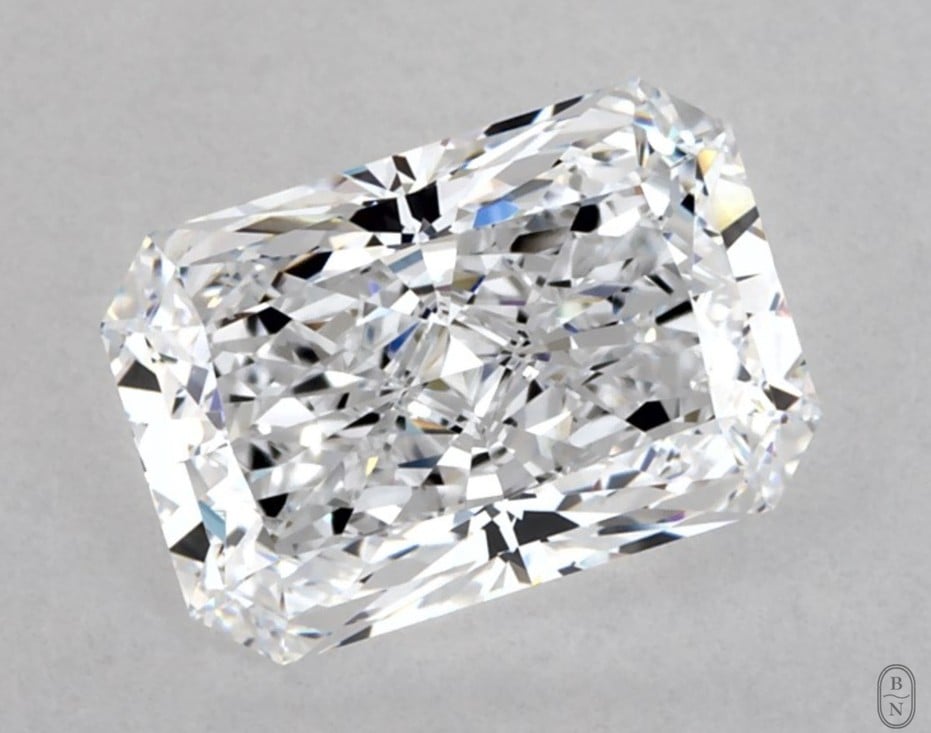The Best Settings for a Radiant Cut Diamond Ring
1 Minute Read
What is a Radiant Cut Diamond?
There are two types of facets that cutters can use when cutting diamonds: brilliant cuts and step cuts. Triangular and kite-shaped facets are used in sparkling brilliant cuts while step cut diamonds have long, straight facets that allow you to see deep into the diamond. First introduced in the 1970's, the radiant cut combines elements of both.
This ground-breaking design features a straight-edged rectangular outline that utilizes a dizzying display of brilliant-cut facets on both its' crown and pavilion.
at Blue Nile
The Perfect Radiant Cut Diamond Settings
Solitaire Settings: Radiant cut diamonds have so much natural sparkle they don't need ornate settings. This makes them a fantastic option for a solitaire ring.
at Blue Nile
Three Stone Designs: The straight sides of radiant cut diamonds allows them to be set flat against diamonds with at least one straight edge of their own.
at Blue Nile
Art Deco Inspiration: The bold straight lines of radiant cut diamonds fit perfectly into the bulky geometric patterns used in art deco designs.
at Blue Nile
Thick Bands: When designers set radiant cut diamonds perpendicular to the shank, even the widest of bands won't overshadow the diamond.
at Blue Nile
Halos: The radiant cut is already one of the most sparkly diamond types out there. If you want to ramp up that glittering display even further, the addition of a halo will do the trick.
at Blue Nile
Emily Frontiere
Emily Frontiere is a GIA Graduate Gemologist. She is particularly experienced working with estate/antique jewelry.
Related Articles
Diamond Tennis Necklaces: A Buying Guide
Anniversary Gifts By Year
James Allen Review
Divorce Rings: The New Jewelry Trend
Latest Articles
800 Years of Mogok: A Celebration in Tenuous Times
What is the Average Gemstone Faceting Yield?
Pyroxmangite Value, Price, and Jewelry Information
How to Identify Emerald Simulants and Synthetics
Never Stop Learning
When you join the IGS community, you get trusted diamond & gemstone information when you need it.
Get Gemology Insights
Get started with the International Gem Society’s free guide to gemstone identification. Join our weekly newsletter & get a free copy of the Gem ID Checklist!
